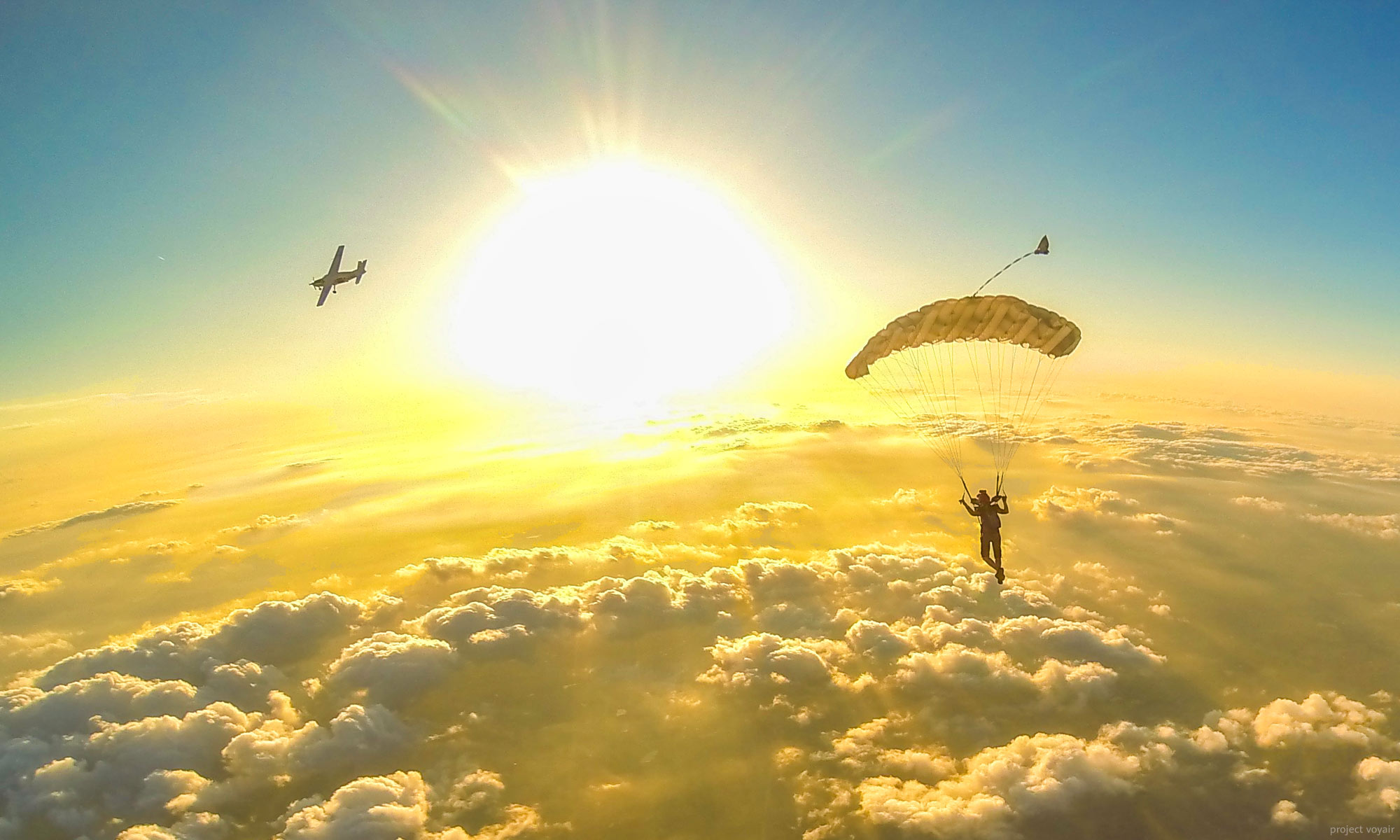We don’t have a lot of bad words in skydiving (regardless of what you might hear after the beer light comes on! ;), but there is one we can all agree on: Complacency.
In skydiving, we say someone is complacent when they think they are safe but they are acting unsafely or in an unsafe situation. This covers a number of situations, but right now we’ll focus on our behavior in the aircraft.
It’s certainly rare, but any moving or flying vehicle can come to a sudden stop for a variety of reasons. We often see people put their helmets on for takeoff, but neglect to secure them with the chin strap (usually full-face helmets that people think may stay on because of the liner’s “chin cup”). This is a clear instance of complacency because that jumper assumes the plane won’t crash. Most of the time, he/she will be right, but if she’s wrong, the consequences can be pretty major.
There is a very good reason we require helmets to be on or otherwise secured for takeoff. In the unlikely event of an aircraft issue, what good is a helmet that is not secured to your head? If it flies off it’s no help to you and a danger to everyone else in the aircraft. OK, it’s hot. We get it. But really, how much cooler is that helmet without the strap secured? Especially compared to your safety and that of everyone else on the load?
Here are a few more points to consider, from a recent conversation with Dan Brodsky-Chenfeld (you know, that world-champion skydiver who nearly died in a plane crash in 1992?).
- Aircraft incidents where a helmet could come in handy range from the rare and obvious (uncontrolled landings) to the more common but less obvious (hard stop due to aborted takeoff, for example).
- A helmet that is buckled to your chest strap cannot protect your head. What it can do is break ribs and cause internal injuries if turbulence or worse causes you to strike another jumper or the aircraft.
- Dan was not wearing a helmet when the plane he was riding in crashed. He has a permanent head injury as a result, and feels that had he been wearing a helmet, he would not be taking medication for this injury for the rest of his life.
Your helmet should be secured for takeoff by either:
- Putting it on your head and fastening it (recommended).
- Clipping it on your chest strap or running the strap through the helmet.
- Buckling it and you into the seat belt.
In skydiving, we manage our risk to the lowest possible level so we can make as many jumps as we can. Don’t raise your risk with something as silly as an unbuckled chin strap.
As always, if you have any questions, just ask one of our many instructors! Fly safe.

